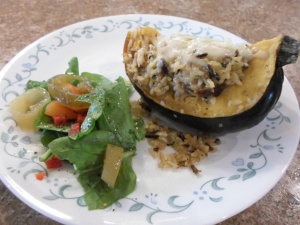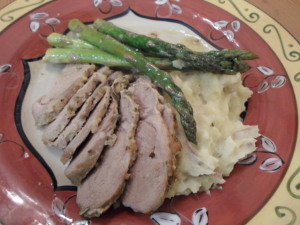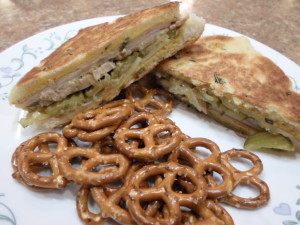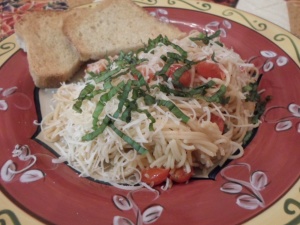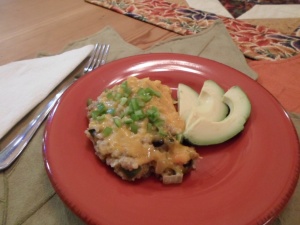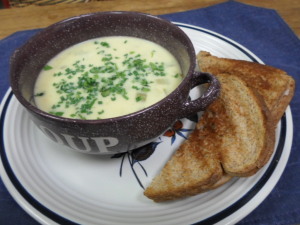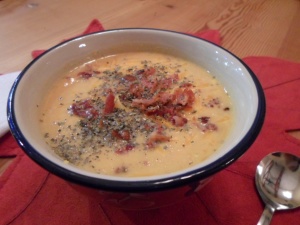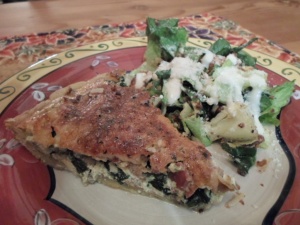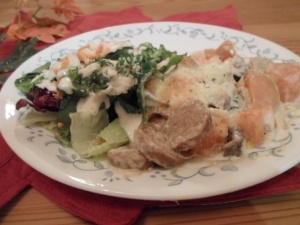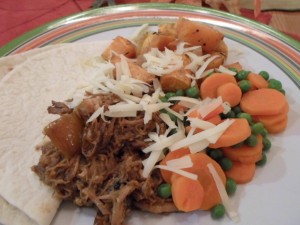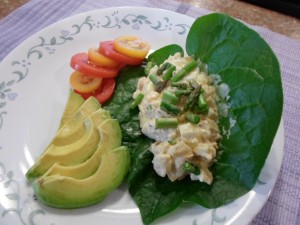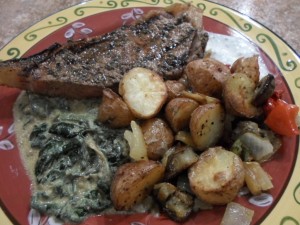I’m having a large group over for Thanksgiving dinner. We have a lot to be thankful for. I’ll be making turkey, ham and all the usual fixings. But instead of a traditional bread-type dressing, I’m making one with wild rice, pecans, mushrooms and pears.
That inspiration came from the wild rice-stuffed acorn squash I made for dinner last week. I didn’t have a recipe, just a squash that caught my eye in the produce section and a vague idea that came together pretty well.
Stuffed Acorn Squash
1 acorn squash, cut in half and seeds removed
2 Tbsp. olive oil, divided
8 oz. Italian sausage links
1 onion, diced
2 ribs celery, diced
2 cloves garlic, minced
1 box long grain & wild rice, prepared
Salt and pepper to taste
grated cheese
Lightly oil the acorn squash and sprinkle with salt and pepper. Then roast cut-side up in a 425-degree oven for 25-30 minutes. (Great time to start the wild rice preparation. I like the Uncle Ben’s fast-cook kind.)
Meanwhile, brown Italian sausage in a skillet. Remove and let rest while sautéing onions, celery and garlic in olive oil.
Slice the sausage links and add to the skillet with the vegetables. Add the rice at the cover-and-set-aside stage. Just stir it in, cover and set aside as directed. The flavors from the sausage and vegetables will blend with the rice.
Remove the acorn squash from the oven. Fill the cavity with the finished rice mixture and top with grated cheese. Return to the oven for 15 minutes. The squash halves are large and I quartered them for each serving.
The leftover rice mixture and a lone squash quarter were the inspirations for making the Thanksgiving dressing. I plan on following a similar process, but I’ll roast and slice pears and mushrooms instead of squash. A handful of chopped pecans sounds good too. I’ll probably whisk an egg and chicken broth together and stir them into the mixture to help bind it. Then scoop it all into a casserole dish and bake covered in a 325-degree oven for about 20-30 minutes. (I’ll add more chicken stock if it’s looking too dry.)
If the wild rice dressing turns out well, I’ll take a photo and post the recipe.
Fun treat: I saved the seeds from the acorn squash and washed and dried them. Then I prepared them by covering with salted water in a pot and bringing to a boil. I reduced the heat and simmered them for 10 minutes.
Drain and dry the seeds. Place on a sheet pan with a light coating of olive oil and roast in a 325-degree oven for 10 minutes. Let cool and enjoy.

